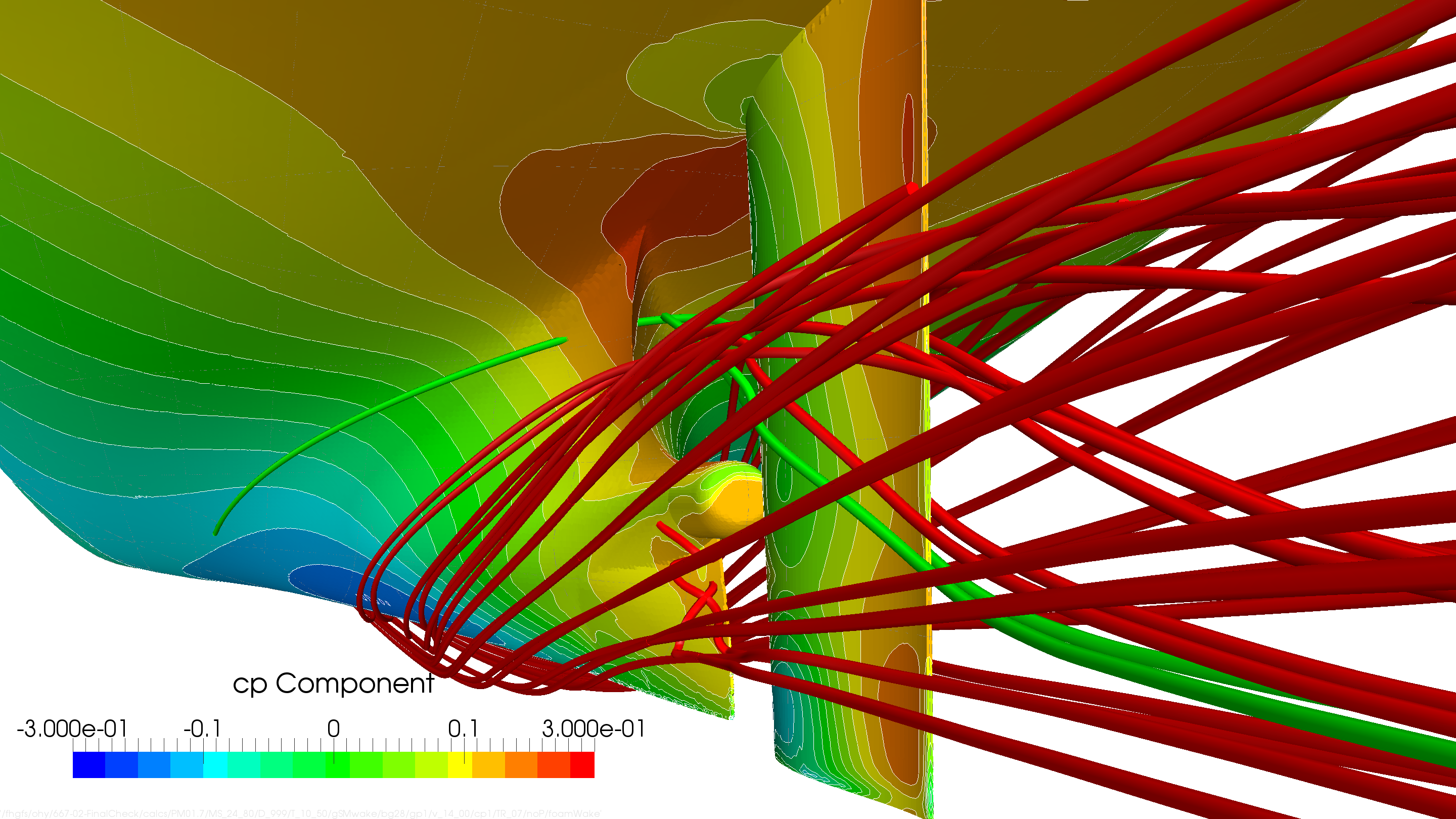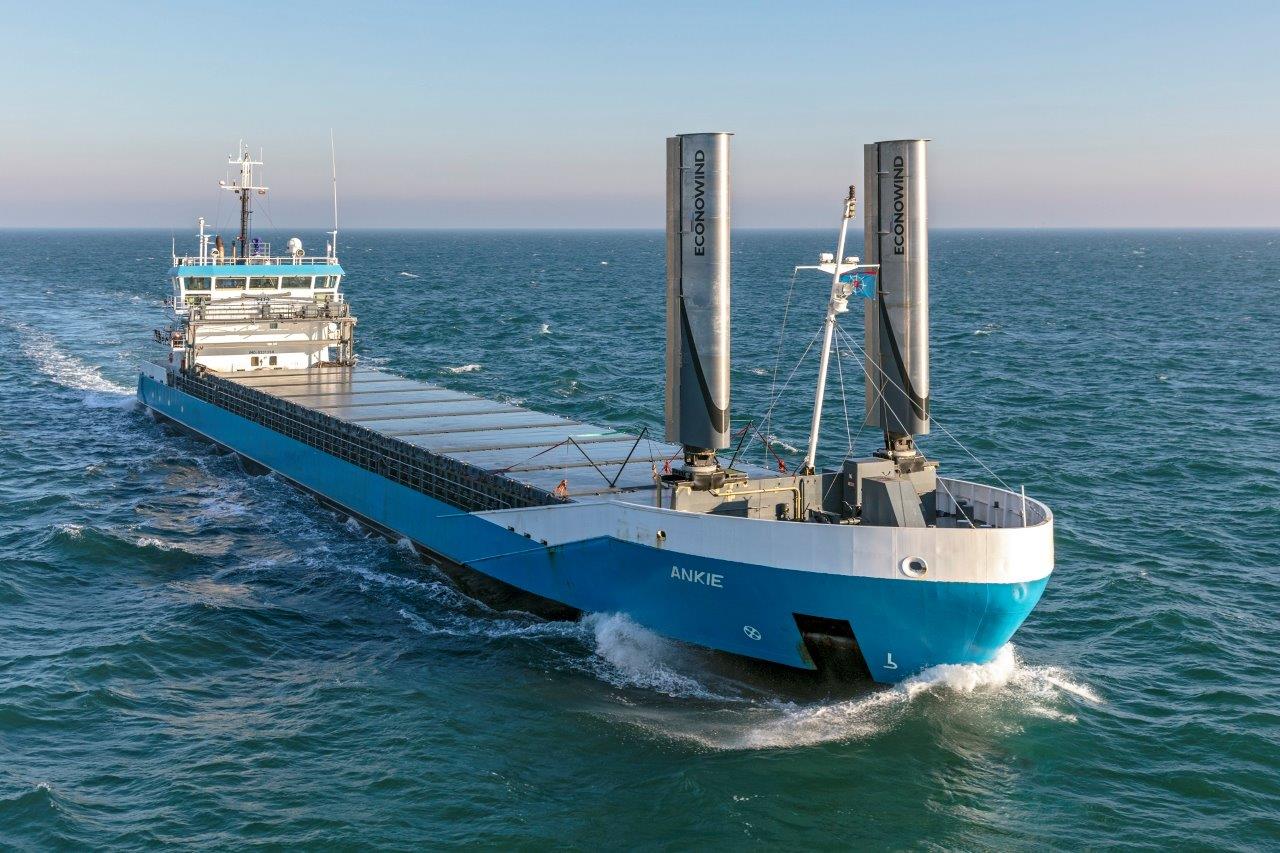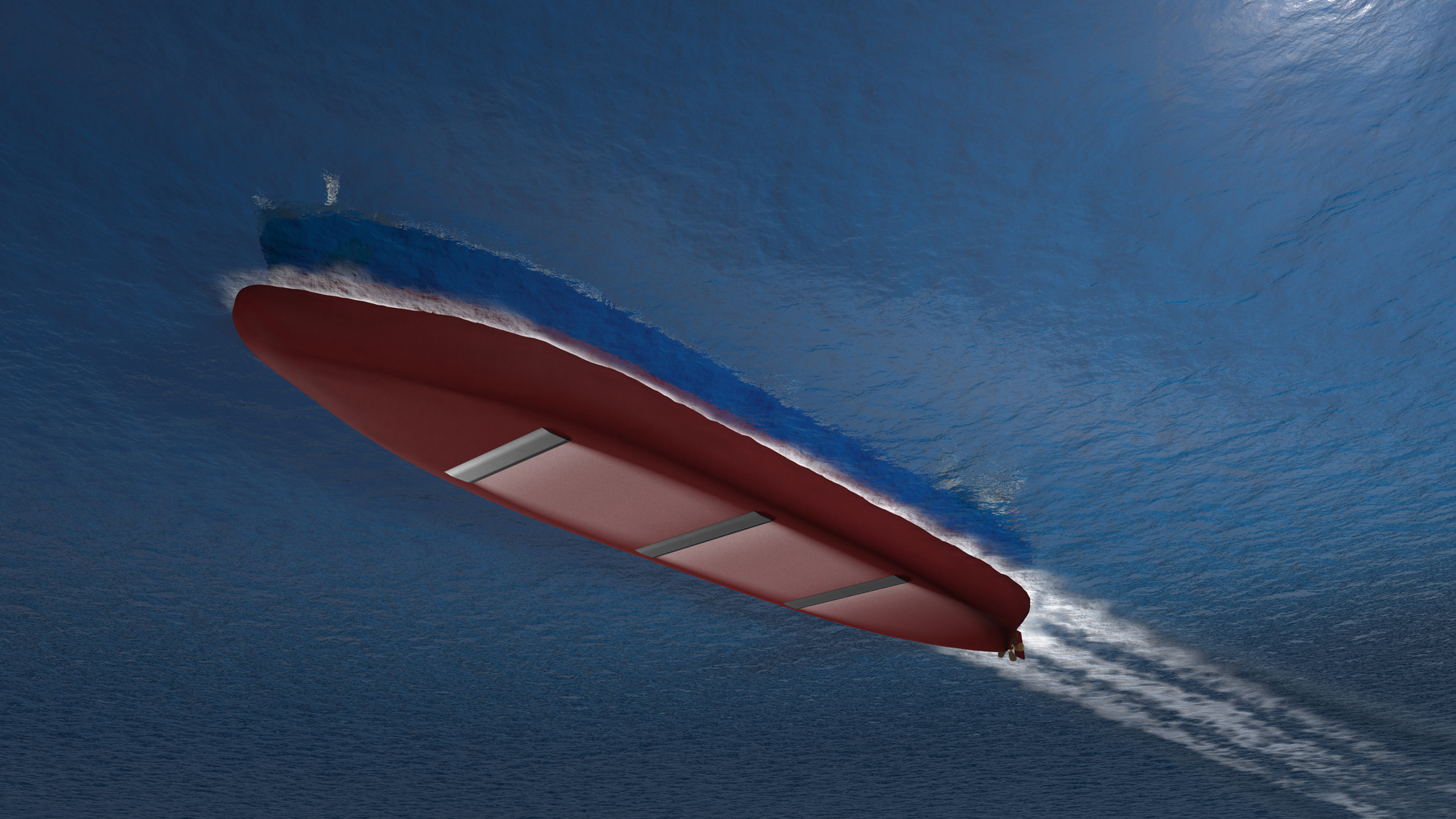A concept that initially emerged in the 1960s to improve propulsion and fuel efficiency is finally gaining ground in ship design. The asymmetrical stern, which consists of a slightly twisted aft shape, was conceived by German shipbuilding engineer Ernst A. Nönnecke in 1962. It was thought to provide better propulsion by taking into account different flow conditions either side of the propeller.
Compared with traditional sterns like the elliptical stern, the cruiser stern, or the transom stern, model testing has shown the asymmetrical stern is capable of producing fuel savings of between 3-6%. The asymmetrical part means that the stern frame is turned in the opposite direction of the propeller action. This generates a swirl to the flow ahead of the propeller, which counteracts the rotation of the flow from the propeller, reducing energy loss.
What are the pros and cons of an asymmetrical stern?
Advantages: Smaller mean wake fraction, lower turbulence.
Disadvantages: Higher cost, more difficult implementing.
However, this invention in the 1960’s proved tricky due to the challenges of finding the optimum stern shape. The calculations were long and implementing the vision too difficult and costly. In July1984 the asymmetrical stern form was tried on two Hapag Lloyd vessels, with promising results, and expectations it would become as common as the bulbous bow. It never happened, perhaps because shipyards were reluctant.
Interest has risen again and Karsten Hochkirch, Head of Department of Fluid Engineering at DNV GL, says it is all down to computational fluid dynamics software. CFD technology makes it possible to understand and test the complex geometric shapes that these sterns require before they are built, and to rapifly make the required adjustments to find the best shape. Hochkirch believes that this will help to reduce the resistance from shipyards of building twisted, asymmetrical sterns.

In May 2017, the classification society said asymmetrical stern designs would be incorporated into its CFD software called ECOlines. Shipowners and operators using DNV GL’s ECO Lines hull optimisation service will be able to see what impact an asymmetric stern would have upon the dynamics of a design, and therefore potential fuel consumption.
While the asymmetrical stern concept may not be new the lack of interest for three decades is an indication of human error and uncertainty associated with complex design modifications before CFD and fast computing.
In a recent assessment, DNV GL used CFD to discover that modifying a 3,000 TEU containership from a symmetric baseline design to an asymmetric design resulted in a propulsion power reduction of more than 3%. Using computational software is a way to unlock potential for efficiency increases in ship design and drive design from concept to reality.
WHAT IS CFD?
Computational fluid dynamics is the computation of viscous flows. CFD software is able to create a 3D description of pressure distribution and flow conditions. It can be used in the early stages of ship design consultancy to show how different designs will affect ship performance and flow physics, or to understand how ship modifications during retrofits will change the operational performance.
Although CFD was not quick to migrate to the shipping industry following successful applications in the aviation and automotive industries, it has been present now for nearly a decade particularly in some of the leading naval architect firms. It is now being deployed more and more by classification societies such as Lloyd’s Register to design vessels with low resistance and maximum efficiency.
Fathom-news
editor@fathom-mi.com

































